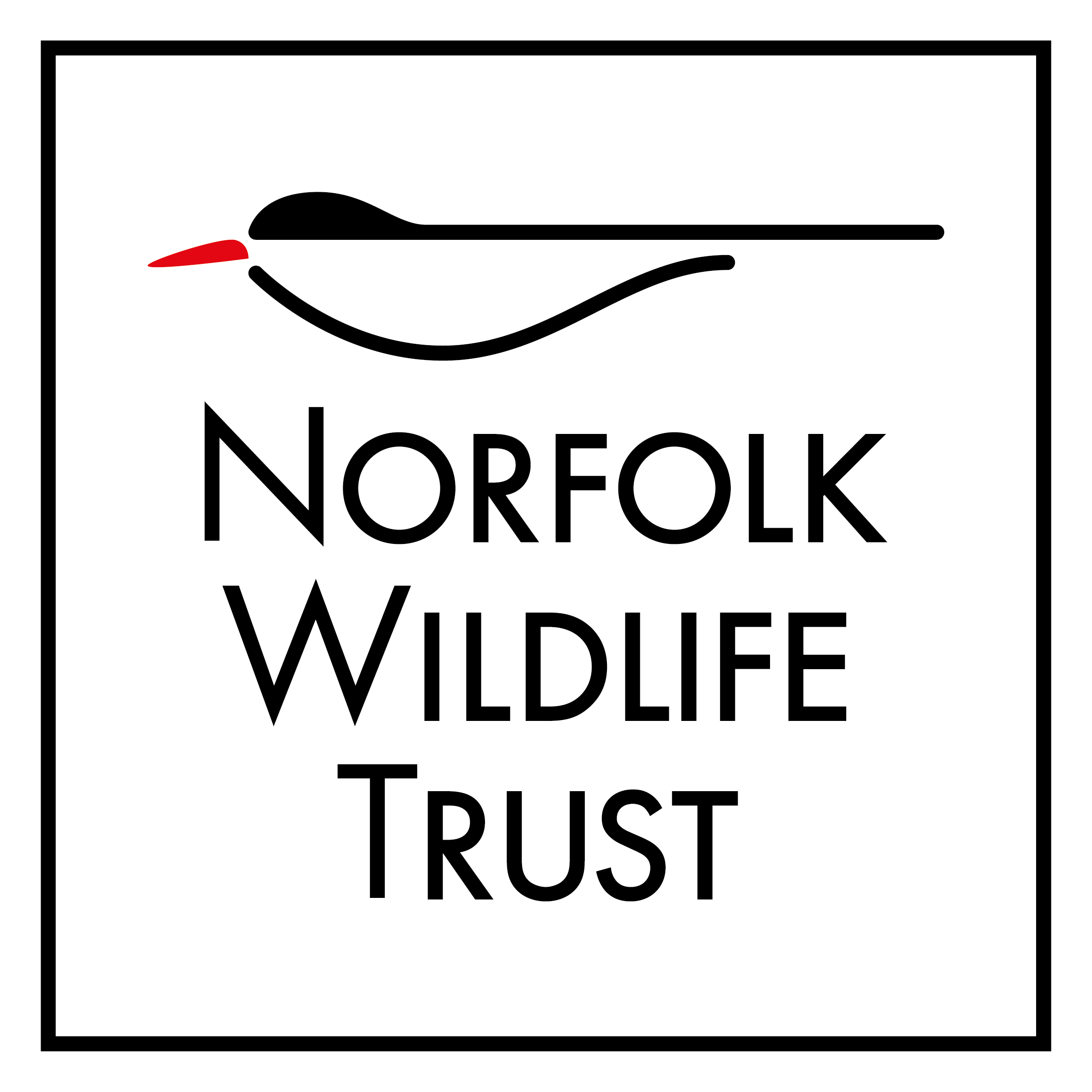Search
Search
Norfolk hawker
The rare Norfolk hawker is a pale brown dragonfly, with a distinctive yellow triangle on its body. Until recently, it was only found in unpolluted fens, marshes and ditches of the Broads National…
Thorpe Marshes
Bordering the River Yare, Thorpe Marshes is an important urban nature reserve. Located on the eastern fringe of Norwich, the site brings the wildlife of the Norfolk Broads into the city itself.…
Norwich Local Group
From learning more about our amazing natural heritage, to taking part in conservation work, and fundraising for the future – joining a Local Group provides invaluable support for Norfolk's wildlife.
A trip to Thorpe Marshes - getting back to nature
Our Youth Forum member, Joseph Newstead, enjoys a visit to Thorpe Marshes to de-stress.
Brown hawker
A common dragonfly of canals, marshes, reedbeds and lakes, the Brown hawker can be seen patrolling the water or 'hawking' through woodland rides. It is easily distinguished by its…
NWT Thorpe Marshes guided walk (27 March)
Join local naturalist, Chris Durdin, for a meander at NWT Thorpe Marshes and discover the reserve’s wildlife.
NWT Thorpe Marshes guided walk (11 February)
Join local naturalist, Chris Durdin, for a meander at NWT Thorpe Marshes and discover the reserve’s wildlife.
NWT Thorpe Marshes guided walk (17 December)
Join local naturalist, Chris Durdin, for a meander at NWT Thorpe Marshes and discover the reserve’s wildlife.
NWT Thorpe Marshes guided walk (15 January)
Join local naturalist, Chris Durdin, for a meander at NWT Thorpe Marshes and discover the reserve’s wildlife.
NWT Thorpe Marshes guided walk (21 April)
Join local naturalist, Chris Durdin, for a meander at NWT Thorpe Marshes and discover the reserve’s wildlife.
Rare bird breeding success tops the bill for Norfolk Wildlife Trust
Spoonbill have bred successfully for the second year running at NWT Hickling Broad and Marshes, providing hope of establishing a future breeding colony of these distinctive rare birds.
